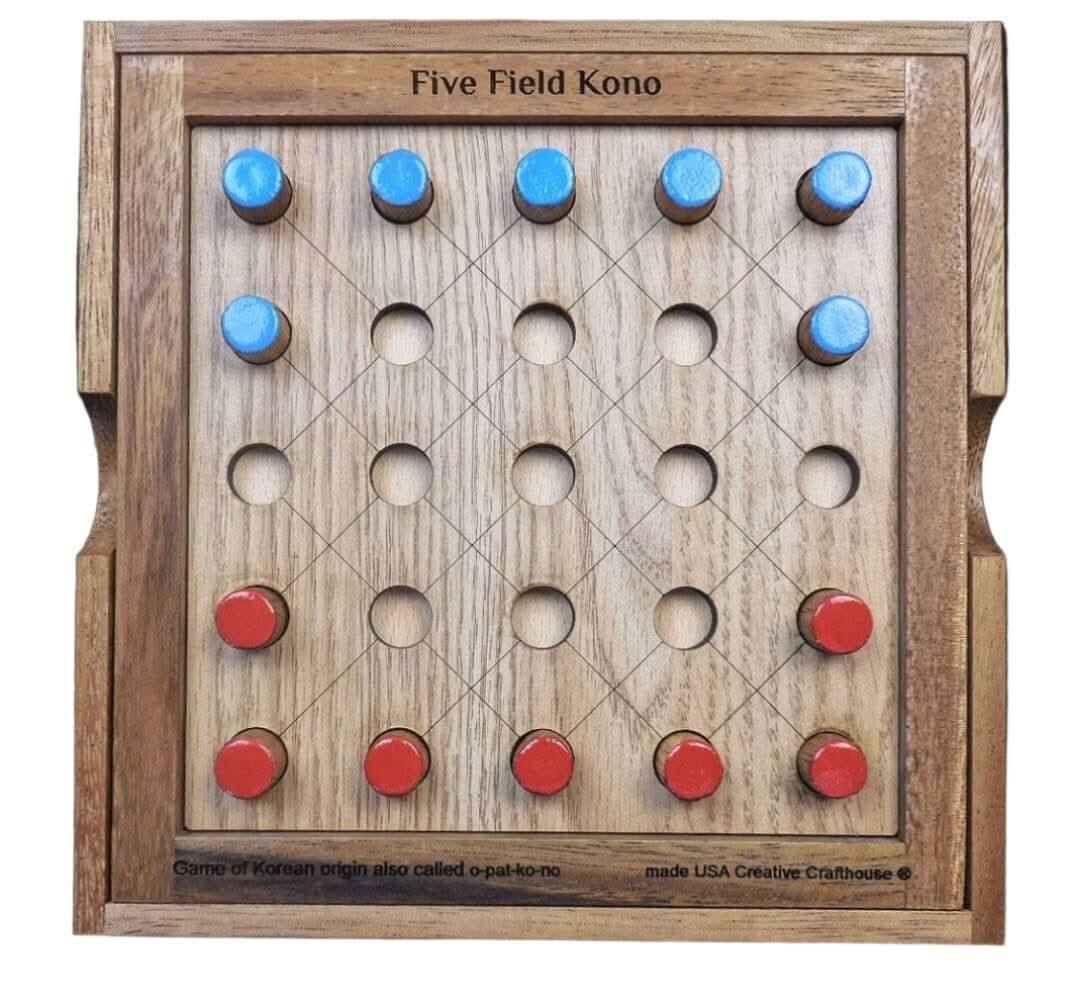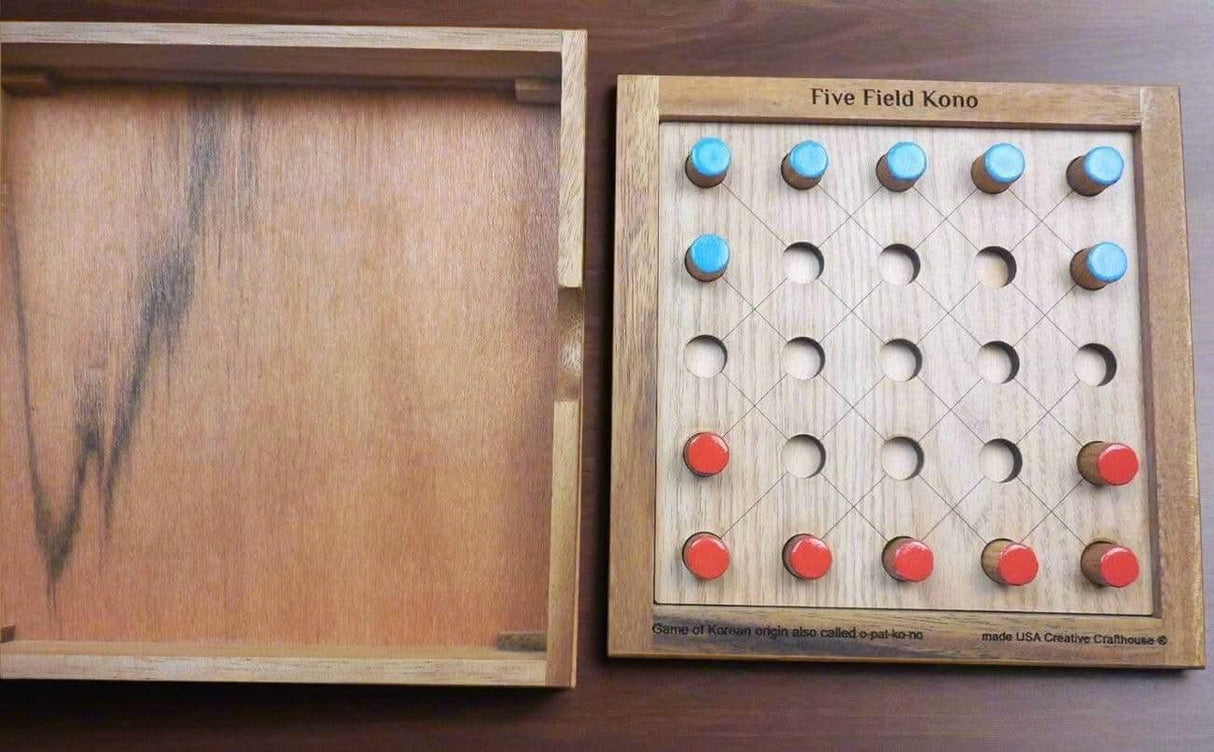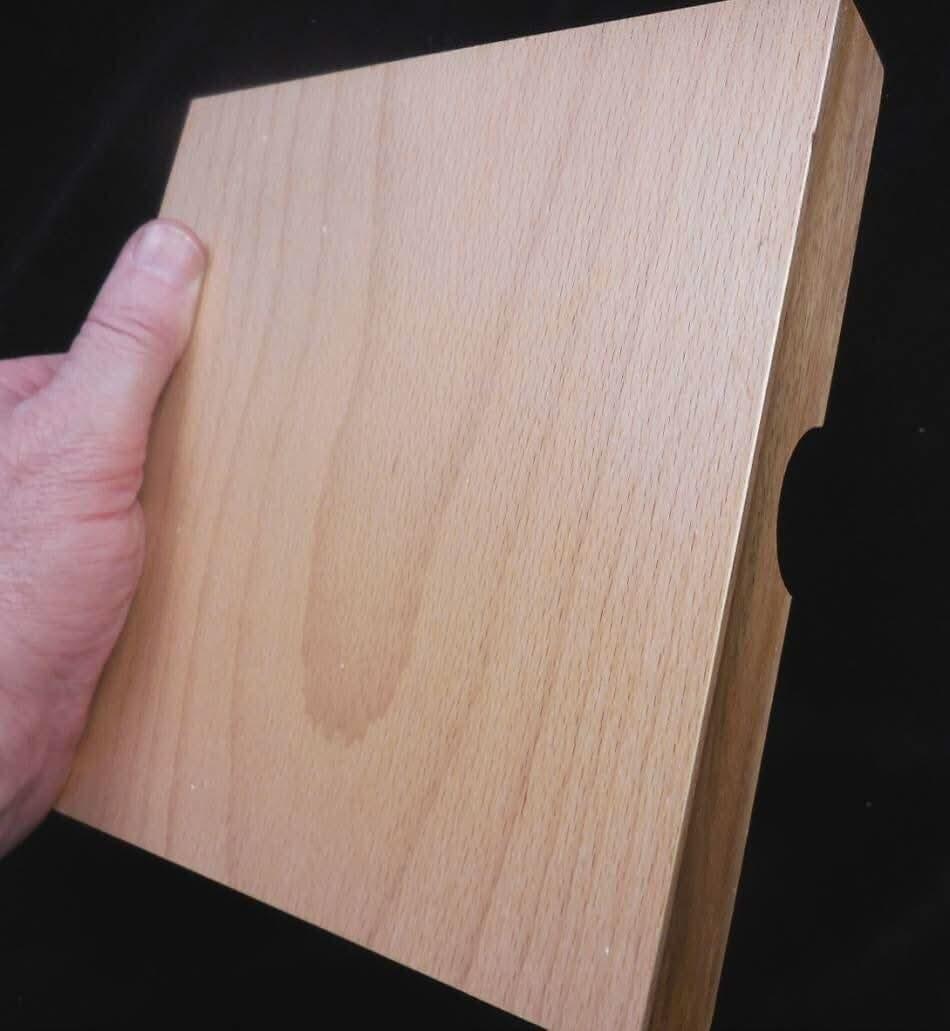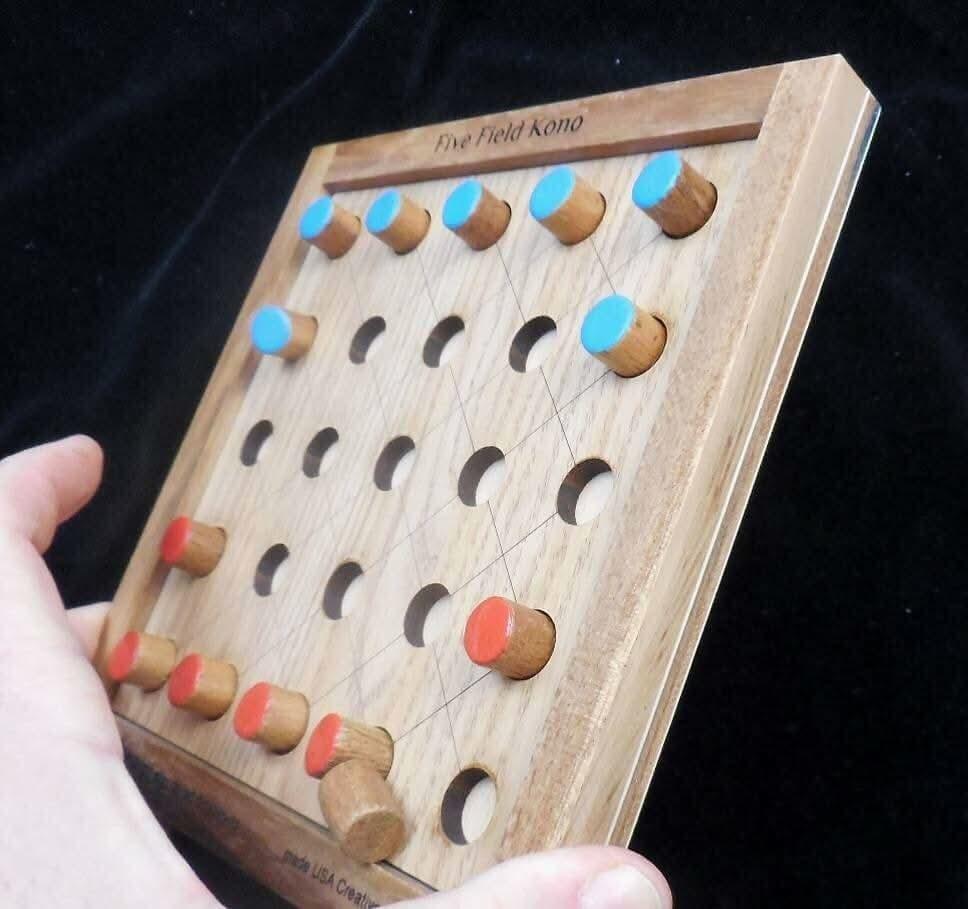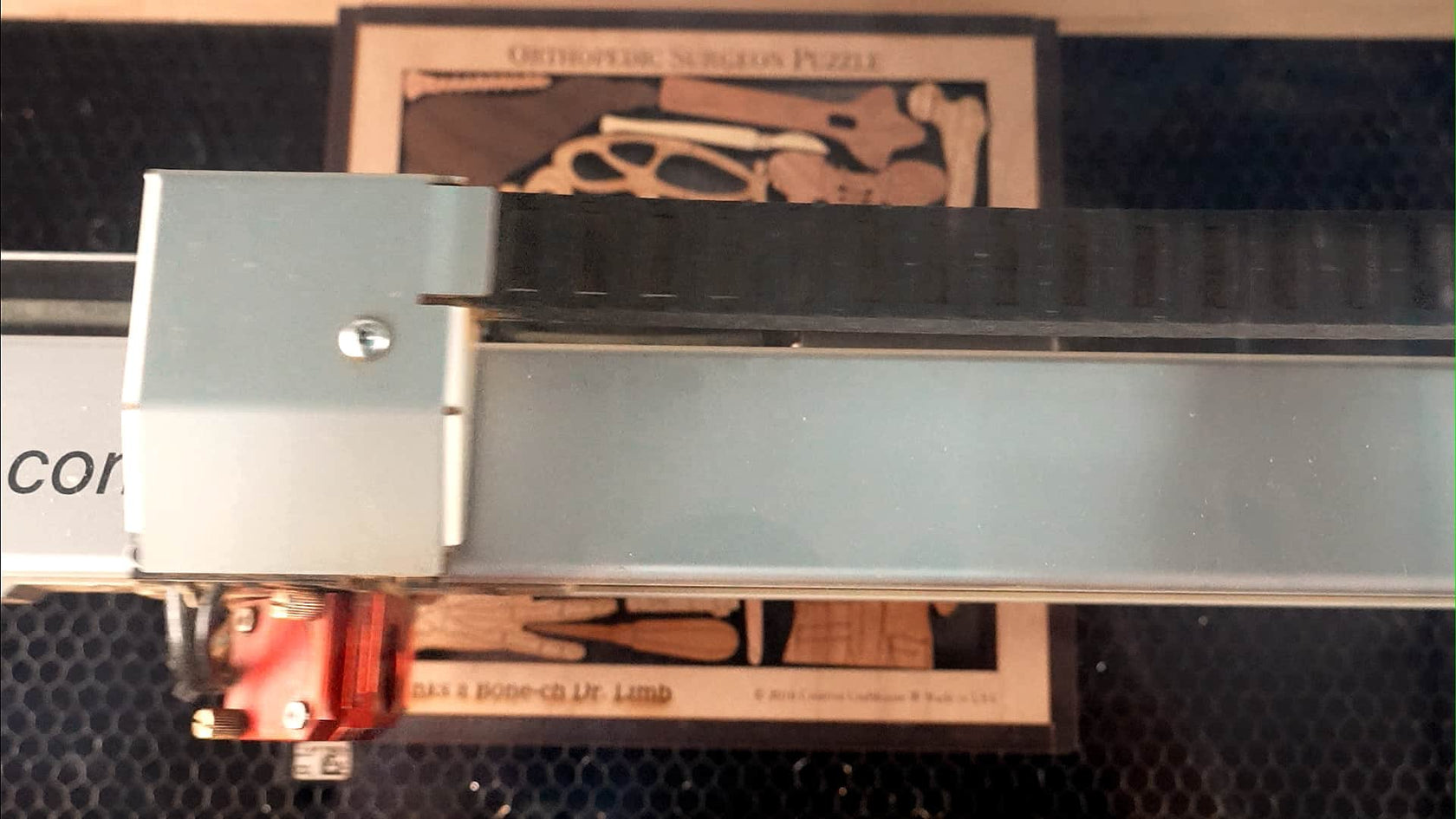Five Field Kono | Handcrafted Two-Player Strategy Game
Five Field Kono | Handcrafted Two-Player Strategy Game is backordered and will ship as soon as it is back in stock.
Couldn't load pickup availability
Delivery and Shipping
Delivery and Shipping
All standard orders normally ship within 1 business day.
Custom orders normally ship within 2 business days.
Description
Description
Five Field Kono – Experience the Rich Tradition of Korean Strategy Gaming
A Historic Two-Player Board Game
Delve into the strategic depths of Five Field Kono, a traditional Korean board game that has challenged minds for centuries. Thought to date back to medieval times, this game offers a unique blend of strategy and cultural heritage, making it a must-have for board game enthusiasts and collectors alike.
Handcrafted Quality and Design
- Artisanal Craftsmanship: Each game set features a meticulously handcrafted wooden base and cover, showcasing the natural beauty of the wood and ensuring durability for years of play.
- Compact and Elegant: Measuring approximately 7.5 inches square, this set is designed for easy storage and display, adding a touch of elegance to any game collection.
- Locally Made: Proudly crafted in our Hudson, Florida workshop by CreativeCrafthouse.com, supporting local artisans and quality craftsmanship.
Engaging Gameplay for All Ages
Five Field Kono is a two-player game where opponents strive to move all their pieces to the starting positions of their adversary. The game involves strategic planning and foresight, as players can block their opponent's moves while advancing their own. It's an excellent way to develop critical thinking skills and enjoy quality time with friends and family.
How to Play:
- Setup: Each player places five pieces on the points of their back row and two pieces directly in front on the left and right edges of the board.
- Objective: Be the first to move all your pieces to occupy the starting positions of your opponent.
- Movement Rules: Pieces move one step diagonally forward or backward. No jumping over other pieces or captures are allowed.
- Strategic Blocking: Utilize strategic positioning to block your opponent's pieces from advancing.
Why Choose Five Field Kono?
- Cultural Enrichment: Engage with a game that offers a window into Korean history and traditional gaming.
- Strategic Challenge: Perfect for those who enjoy thought-provoking games that require planning and strategy.
- Quality Gift: An excellent gift for board game enthusiasts, history buffs, or anyone who appreciates handcrafted quality.
Learn More and See the Game in Action
Curious about how Five Field Kono is played? Watch our detailed video tutorial to see the game in action and learn strategies to master this classic game:
Order Your Five Field Kono Set Today
Embrace the challenge and tradition of Five Field Kono. Add this beautifully crafted game to your collection or gift it to a loved one. Click "Add to Cart" now and start your journey into the rich world of Korean strategy gaming.
Personalize it!
Personalize it!
Click YES above the quantity selector to add a personalized laser engraving to your puzzle or game.
- Perfect for gifts
- Business marketing opportunity
Recommended age group
Recommended age group
Difficulty level
Difficulty level
Payment & Security
Payment methods
Your payment information is processed securely. We do not store credit card details nor have access to your credit card information.
Personalize It!
Did you know we can add a custom laser engraving to every puzzle and game? Well, we can. Add a personal touch to your gift with a name or message.
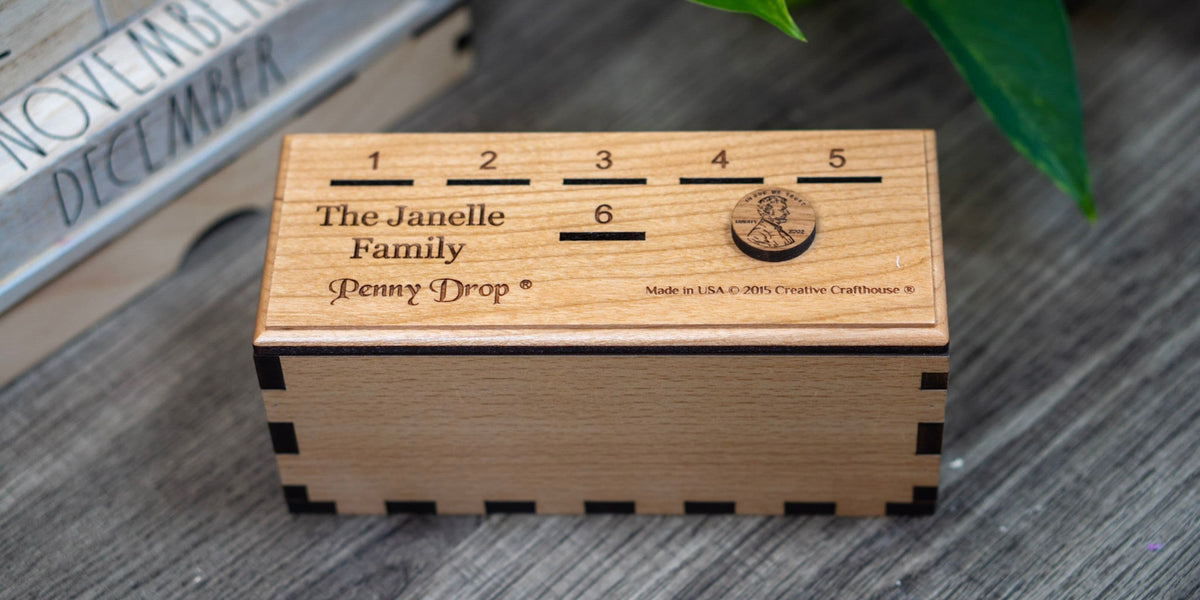
Collections for you
Frequently Asked Questions
Shipping
What countries do you ship to?
What countries do you ship to?
We ship all around the world. If you encounter an issue at checkout, please use the Chat Box to contact us. A real person will assist you.
How long will it take to receive my order?
How long will it take to receive my order?
Standard shipping normally takes 3-5 days. Next-day shipping is available on all domestic orders (for an additional charge). International shipping times vary depending on the product and destination (estimated at checkout).
Expedited shipping is available at checkout.
Returns and Refunds
How do I return a product?
How do I return a product?
Items must be returned within 30 days after receiving your order. Items must be returned in the same condition in which they were received, be unworn/unused, have any tags still attached, and include all the original packaging.
Custom/Personalized items can only be returned if we made a mistake on the customization/engraving.
How long will it take to receive my refund?
How long will it take to receive my refund?
Refunds are processed within 7 days from when we receive the item(s).
